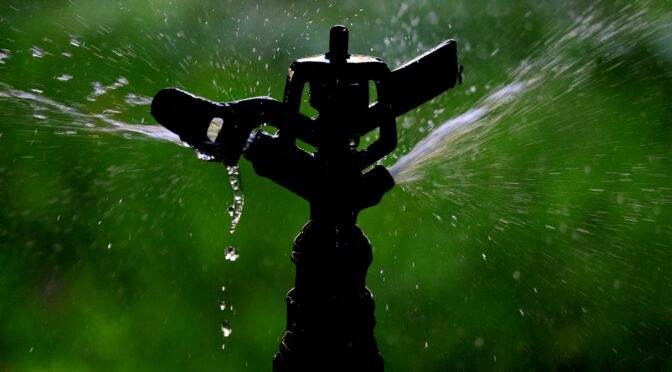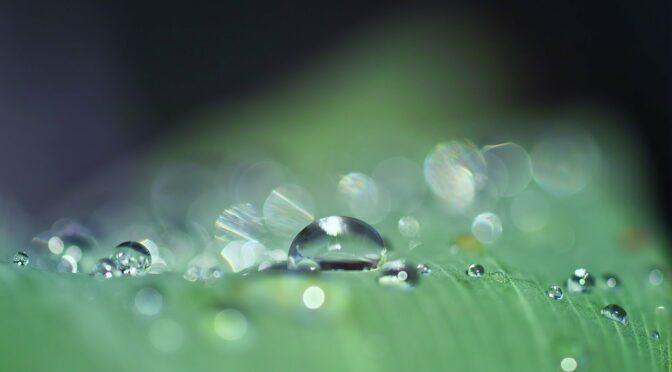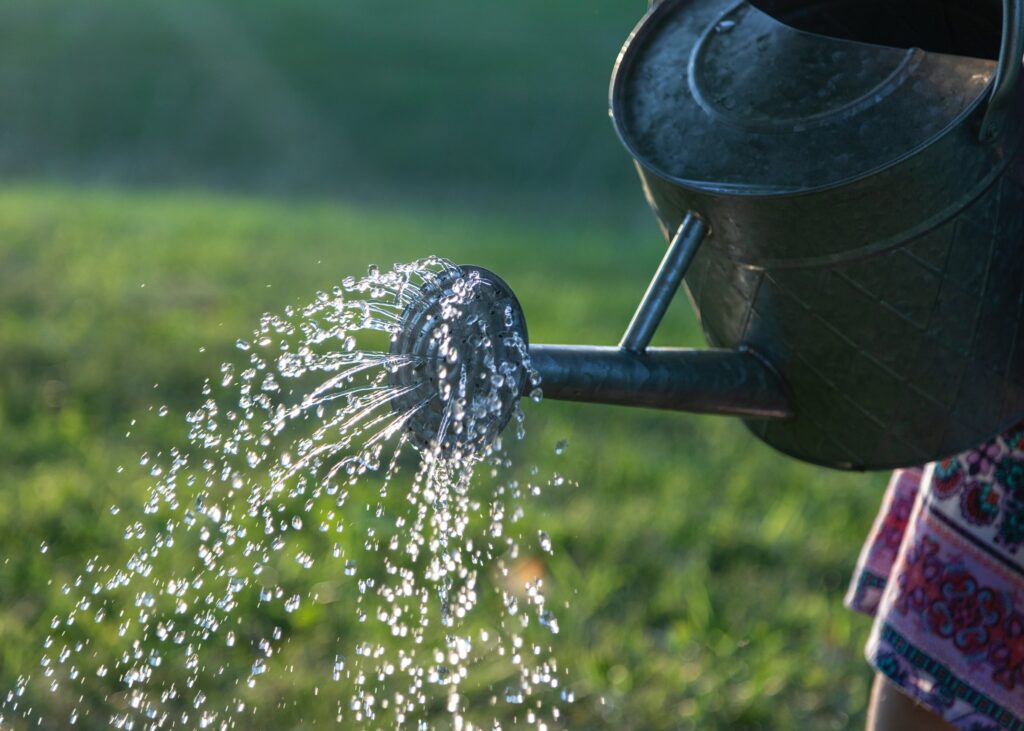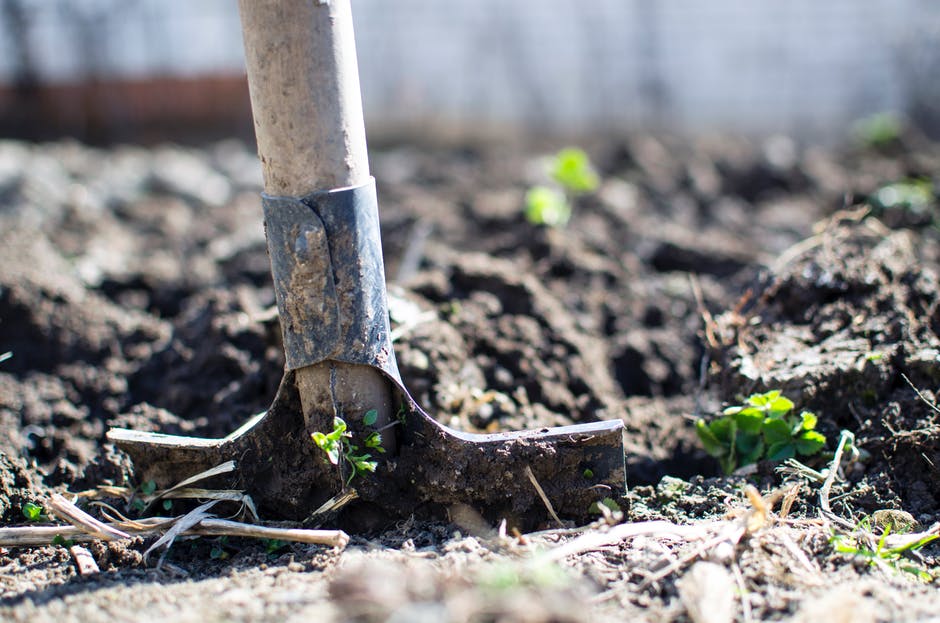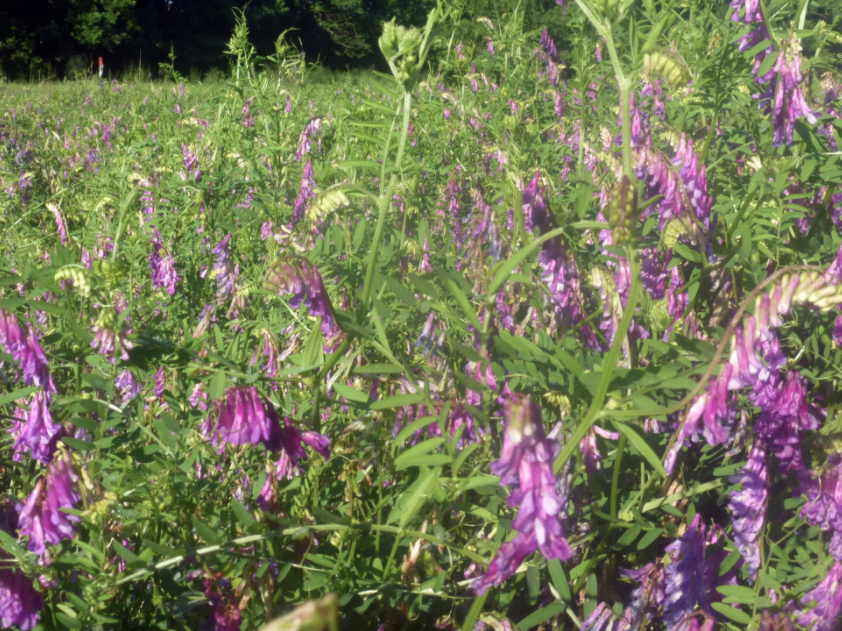Good water management is one of the keys to good production. Over and under-watering can both be detrimental to your vegetable plants, and the symptoms may be surprising. For example, blossom end rot in tomatoes and peppers may actually be a symptom of too much or too little moisture. These plants will struggle to take up enough calcium under these conditions. So how much do you need to water your vegetable garden? This post will cover general guidelines and specific situations for ensuring your crops get what they need.
General Watering Guidelines
Generally speaking, most gardens require an average of 1 to 2 inches of water per week. This amount can come from rain or watering. Placing a few containers throughout your garden with 1 inch marked on them can help you see how much water your garden is getting while it’s raining or you’re running a sprinkler.
That said, you should always check your soil before making assumptions. In cool or very humid climates, you may need less water. You may need more in arid climates, hot periods, or with certain water-hungry crops. A tip for hot weather is that most gardens will need an extra 1/2 inch of water for every 10 degrees above 60°F.
When Should I Water?
You should aim to break up that 1 to 2 inches per week into at least three sessions throughout the week, depending on weather conditions. For best results, water in the early morning or evening when it’s cooler and less water will evaporate.
How to Tell If My Soil Is Moist Enough?
When checking your soil, dig down a couple of inches. The soil may be dry on top and very wet below. Mulch can help prevent the surface of the soil from drying and crusting. The opposite can be true after watering; just because the surface is wet doesn’t mean you’ve watered enough to soak into the bed.
Hand Test
You can grab a handful of soil (not just from the surface) and do a quick check. Squeeze the handful of soil and then open your hand. If the soil falls apart, it’s probably still too dry. If it mostly clumps together, you have enough moisture. If water dripped from your hand while you squeezed, you probably overwatered.
Moisture Meters
They’re not necessary for home gardeners, but if you need help with watering or want to get a bit more scientific about your approach, you can try a moisture meter. Many now provide moisture levels on a scale of 1 to 10, helping you quickly determine when to drag out the sprinkler.
Germinating Seeds
Seeds require consistent moisture to germinate properly. I recommend checking on your soil daily while seeds are germinating, depending on weather conditions. Remember that seeds planted deeply, like peas and beans, may dry out less quickly than tiny seeds, like carrots and lettuce planted close to the surface.
For some small seeds, use the board or cardboard trick to keep the soil moist. Using this method, you cover the bed with boards or cardboard to retain moisture. Carefully watch the bed and remove the cardboard when the seedlings sprout.
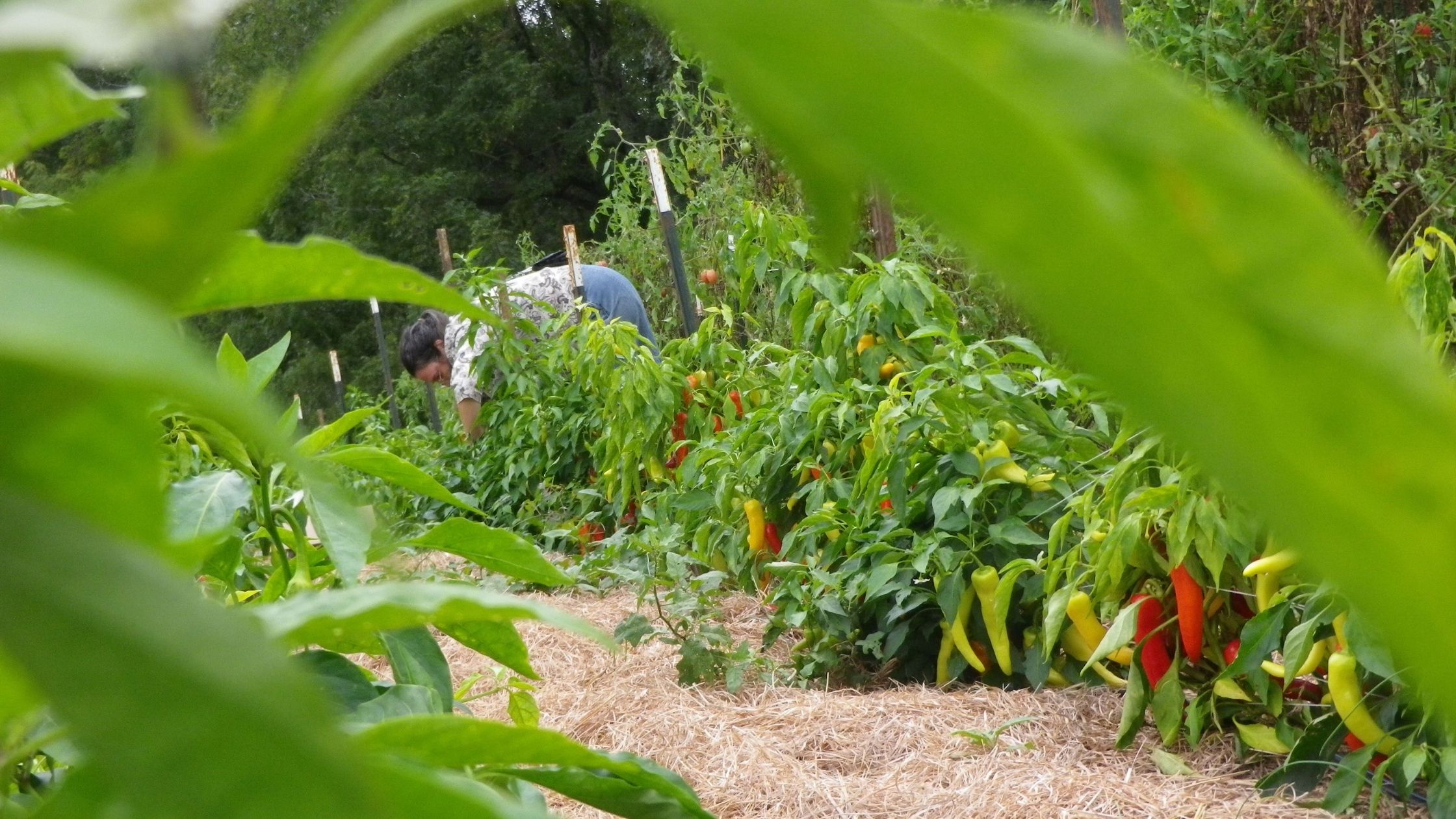 Check Plant Guidelines
Check Plant Guidelines
If you have a water scarcity, focus your watering where it matters most. Some plants like tomatoes, peppers, watermelons, eggplants, and squash need a lot of water to produce well. On the other hand, crops like dent corn, amaranth, mustard greens, pole beans, and okra are generally fairly drought-tolerant once established.
You should also stop watering before harvesting some crops. For example, dent corn and dry beans don’t need water as they finish drying. You should also stop watering onions and garlic a week or two before harvesting.
How to Conserve Water
Folks living in arid areas or those with high water bills may find consistent watering to be more of a challenge. Mulching is one of the best ways to help hold moisture in the soil, and you can often find mulch material for free. Use glass clippings, straw, old leaves, or shredded paper around plants.
You can also start trying to catch and hold water on your property. Rain barrels make excellent additions to garden sheds or even gutters on your home. Some places may also allow you to use gray water from sinks, showers, and washers, but you’ll need to be very careful about the products you put down the drain. You can also take a permaculture approach and add swales to your property. Swales are essentially large ditches that catch rainwater uphill of your garden, slowly releasing it into the beds rather than letting it run quickly over the property.
Proper water management can help you have a more productive garden and save money and energy. Follow these guidelines to keep your soil moist, grow healthy plants, and conserve water in your vegetable garden.

